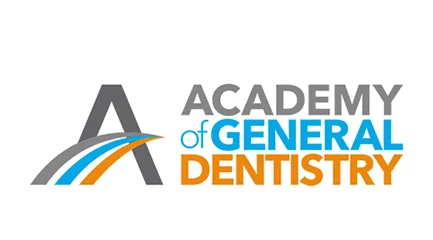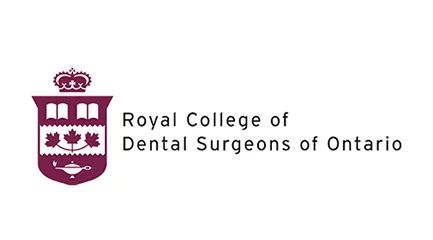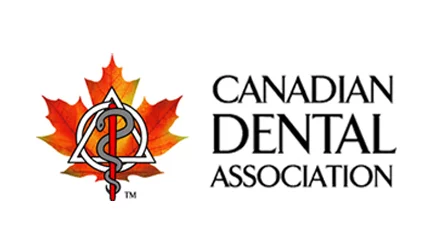CRACKED TOOTH SYNDROME (CTS)
Cracked Tooth Syndrome is a very common problem these days. Unfortunately, unlike teeth with obvious fractures, teeth with cracked tooth syndrome usually have fractures that are not visible and are difficult to detect on X-rays or with the naked eye.
Sometimes the fracture occurs below the gum line, making it even more difficult to diagnose. Cracked tooth syndrome frequently occurs in molars, usually in the lower molars, affecting the chewing function of the teeth.
People who grind or clench their teeth are more vulnerable or susceptible to cracked tooth syndrome because of the constant strain on the teeth. Moreover, teeth with large fillings or teeth that have undergone root canal treatment are weaker than other teeth and are more likely to crack.
MAJOR SYMPTOMS OF CRACKED TOOTH SYNDROME
- Persistent or intermittent pain in the tooth when you chew or bite
- Sensitivity to temperature extremes or while eating sweets
- Swelling around the tooth
- Toothache when biting or chewing
In cracked tooth syndrome, the tooth might hurt only when you eat certain foods or bite in a specific way. The condition can worsen when you eat sugary foods, as the sugar leaks into the tooth crack, causing pain. Some people do not feel a constant ache as they would with a cavity or abscess, but the affected tooth becomes more sensitive to cold temperatures.
Many people with cracked tooth syndrome do not show any significant symptoms for months. That’s why it is often difficult to diagnose because the symptoms are not consistent.
COMMON CAUSES OF CRACKED TOOTH SYNDROME
Cracked tooth syndrome can adversely affect the functionality of teeth and should be treated in the early stages to prevent severe consequences.
Various factors that can lead to cracked tooth syndrome include:
- Clenching or grinding (bruxism)
- Chewing on hard food items
- Teeth with large dental fillings
- Aging
- Trauma
- Injury
DIAGNOSIS OF CRACKED TOOTH SYNDROME
For the diagnosis of cracked tooth syndrome, the dentist will start with a thorough examination of your mouth and teeth. They may take X-rays of the affected teeth, although cracks often do not appear on X-rays. Dentists also use special instruments to test the tooth for fractures.
These instruments look like a toothbrush without bristles and are placed over a specific part of the tooth when you bite down. If you feel any pain, the cusp being tested is likely cracked. Treatment depends on where the crack is and how deep and large it is.
DIFFERENT TYPES OF CRACKED TOOTH
Cracked teeth are categorized and treated depending on the extent and type of tooth fracture. Tooth fractures are classified into three major types:
1. FRACTURED CUSPS
When a piece of the tooth’s chewing surface breaks off, it is called a fractured cusp. This type of fracture is generally treated with the placement of dental fillings. In such cases, the fracture may exceed the gum line but does not harm the pulp—the innermost layer of the tooth. People usually do not feel any pain with this fracture, but the tooth becomes more sensitive to temperature extremes.
2. CRACKED TEETH
In this type of fracture, a crack vertically extends from the biting surface into the gum line and tooth root. The pulp of the tooth is often damaged, requiring root canal therapy. If the crack becomes severe and untreatable, the tooth may need to be extracted to protect the functionality of surrounding teeth.
3. SPLIT TEETH
In split teeth, a crack extends from the tooth surface directly into the root, usually splitting the tooth in half. This severely damages the tooth structure and cannot be treated with restoration methods. A split tooth needs to be extracted immediately to prevent the spread of damage to adjacent teeth.
TREATMENT OF CRACKED TOOTH
Sometimes a crack affects more than one cusp of the tooth. In such cases, the tooth may be repaired with a dental crown. If a crack deeply affects the pulp—the center of the tooth containing nerves and blood vessels—a root canal treatment is necessary. After a root canal, the tooth will no longer be sensitive to temperature but may still respond to pressure.
In cases where cracks exceed the gum line, the tooth may need to be extracted to preserve the surrounding teeth. If a tooth is removed, it can be replaced with a dental implant or bridge.
People with one cracked tooth are more likely to develop cracks in adjacent teeth, either at the same time or in the future. Wearing an occlusal splint or night guard is recommended to prevent nighttime grinding or clenching. It may also be worn during the day for people with severe clenching or grinding habits.
BOOK AN APPOINTMENT
If you are suffering from cracked tooth syndrome, feel free to reach out and book an appointment at Ingersoll Dental Care online or by phone at (519) 485-4951. We are happy to speak with you and answer any of your questions about cracked tooth syndrome or other dental concerns.










